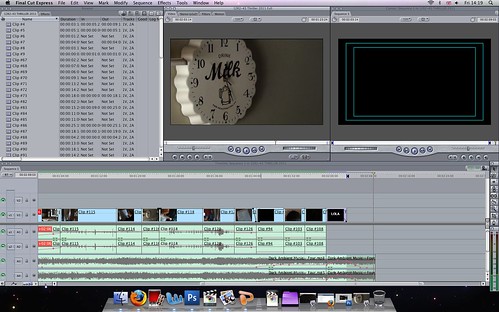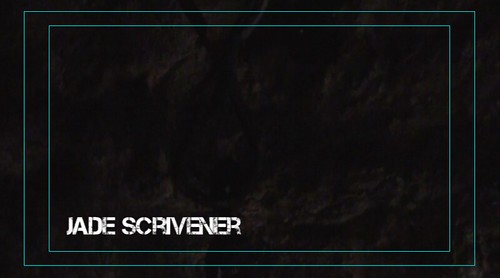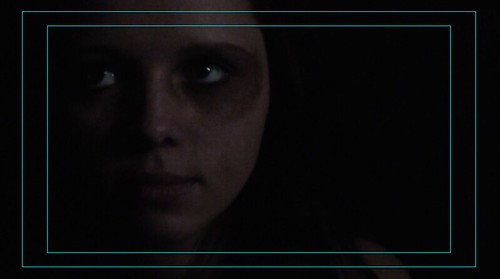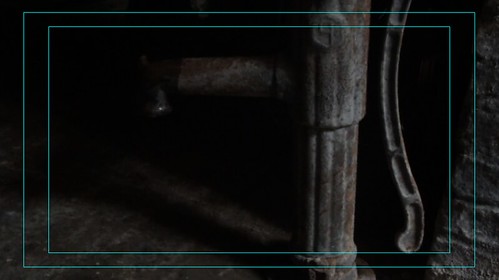The Beach is an adventurous and seductive thriller featuring Leonardo DiCaprio as the main protagonist called Richard.
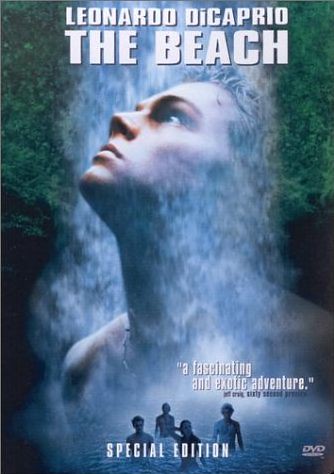
Throughout the scenes during the opening, the scenes fade between opening credits and the opening scene, at one point the scene dissolves to show the title of the film, The Beach, and then fades into the scene which creates a good effect for a thriller opening.
In the opening sequence of the thriller, the location is based in a foreign country, the idea of the film being based in a foreign country sets the tension automatically for the audience as it is not a location, country that most people have common knowledge about or know very well, this creates an uncertain atmosphere due to a combination of continuity editing, which makes the audience feel like they're taking part and are uncertain where they are being lead at the beginning of the thriller. This meets one of the thriller conventions which is that thrillers give you this sense of uncertainty in order to build up that 'thrill' the audience is waiting to happen.
We're introduced to the protagonist by him standing outside a building, wondering where to go, it's night time however there are luminous colours flashing past the screen which are the car lights on the cars going by. The ambiant sound of the cars, along with the non diegetic sound of the protagonist narrating, makes the audience question themselves what is happening or what is going to happen as the combination of the sound of the cars rushing past, and the sound of the protagonist's voice and body language being relaxed, makes the audience eager to know what is going to happen further in the story as the protagonist's narrating whilst the camera tracks him, is like a subtle trail the audience has to follow in order to find out what happens, the image of the cars also sets the location as you can see city lights around the town the protagonist walks along which gives a very obvious hint to the location being a city at the beginning of the thriller.
When the camera tracks the protagonist down the street, the non diegetic sound is electric and upbeat, the music isn't in tune with how the character strolls through the street, it gives a sense of loss of control, for both the character and the audience due to the continuity editing drawing the audiences attention making them feel part of the scene. The sound mellows whilst the protagonist talks to another character, yet proceeds in a fast chasing soundtrack, it makes the audiene unease, yet subconsiously, they know they're safe.
Within the opening the sequence, the lighting is very dull, the colours are drained, and even the beach wear the characters wear are dull, colours which stand out the most is red, red gives the sense of urgency and blood which relates to death, this can help make the audience anxious to what they will see. It helps set a bad atmosphere, like something isn't right.
The camera shots which have been edited to create a sense of continuity editing used in the film were, shot reverse shot, which is used in conversation with the protagonist and another character, the audience feel like they're part of the scene which helps create the tension. There are reaction shots used at various times which helps the audience read the mood the character is in, how they're feeling.
The smooth cuts throughout the film, help with continuity editing, they help patch up the pieces together for it to make sense over all through out the different scenes.
The tracking of the protagonist walking down the corridor with a close up of his face, makes the audience on edge, as the non diegetic sound turns mysterious and tense. The fact his body language gives off a sense that he is on edge, helps create that tension for the audience, as his behaviour bounces off onto the audience due to the continuity editing. When the protagonist enters the room the camera pans around where you see blood splattered across the walls and all over the bed. The non diegetic sound increases it's intensity whilst the protagonist narrates through the scene which leaves the audience on edge as they don't know what they'll find. When the camera finally pans round to find the dead body laying on the floor, the camera shows a mid shot of the protagonists face, and then back to the body, the non diegetic sound builds this uncertainty, he narrates talking about people's actions whilst you sit nervously thinking the man will wake up and that will be your 'thrill', but you're just not sure. The build makes you uneased, the protagonist even mentions when he is narrating that he himself thought the man was going to jump at him, this makes it become more of a reality for the audience as you feel that connection with the protagonist, like you've followed him along this journey. There is still that tension, you still grab hold of your seat thinking your 'thrill' may come, however the scene changes into the protagonist in an office. In a way the build up was enough to be a 'thrill' for the audience, as if their predictions were right, it might had been too much and could be on edge of a horror.
